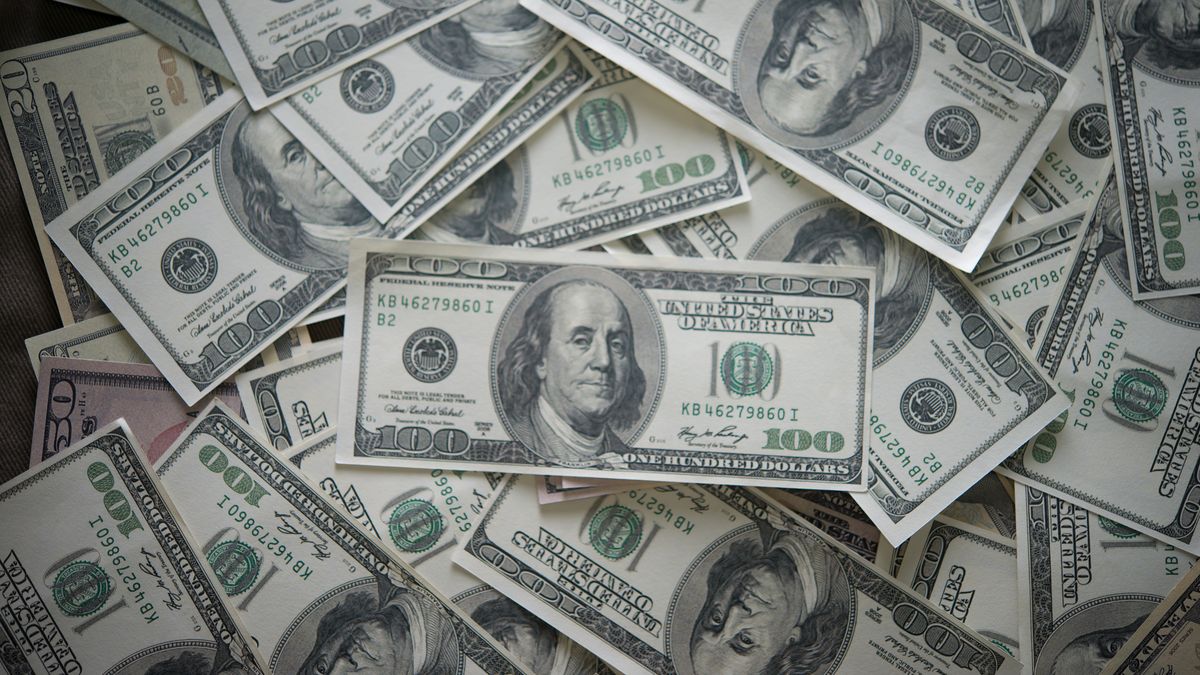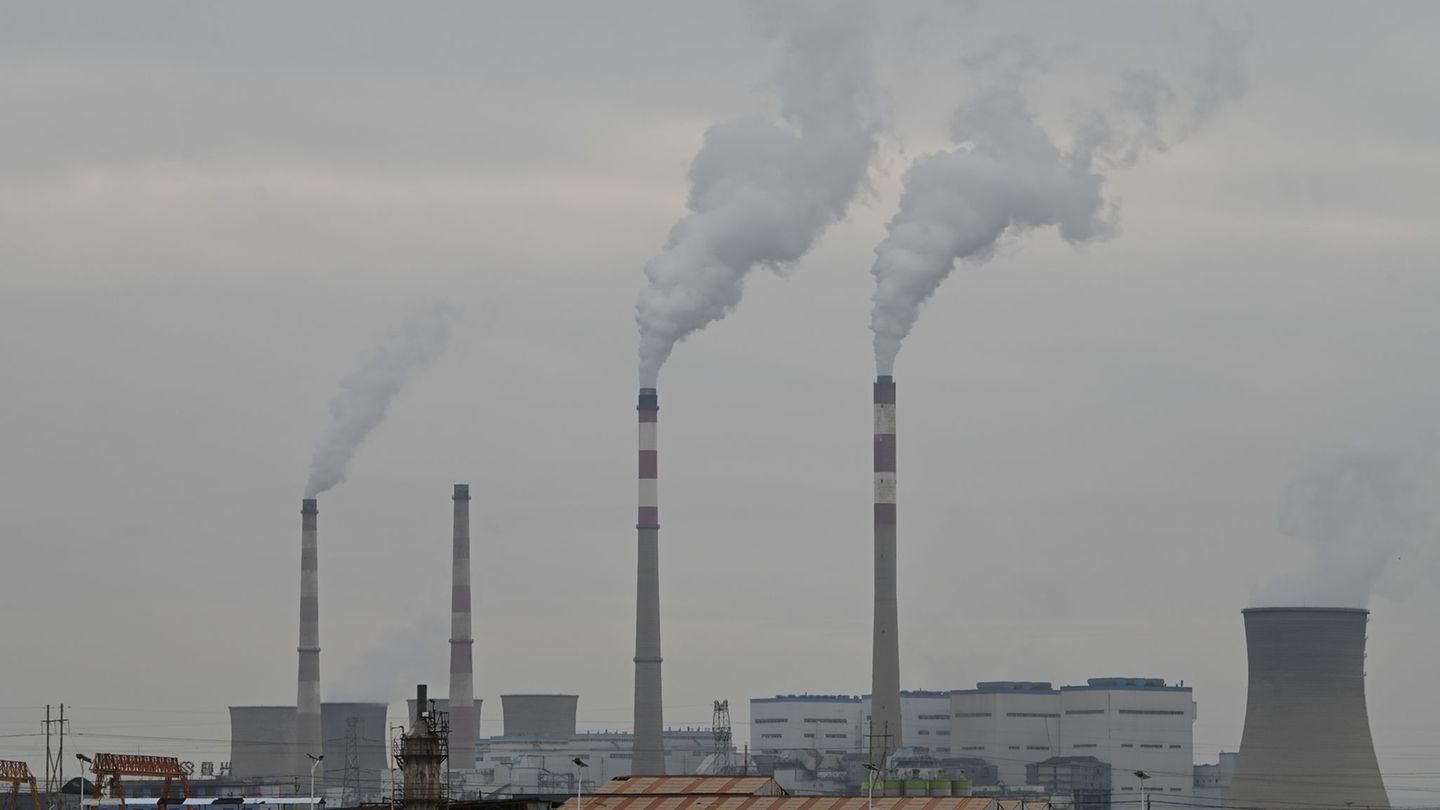One day after the STEP and after the 22% devaluation in the official exchange rate, the future dollar contracts rise more than 10% the hedge contracts. In this way, the dollar future increased its devaluation expectations and foresees a official dollar above $565 for 2023 contracts.
in the market for Matba-Rofex he dollar by the end of August it increased by 12.17% to $359 (compared to $320 in the round prior to the PASO) so the nominal annual rate (TNA) is around 26.67%. As for the US currency for the end of December, it advances 9.6% to $580 (after $529 on Friday). the victory of javier milei renewed expectations of a jump in the exchange rate due to the proposal of the candidate of La Libertad Avanza for the dollarization of the economy. With this change in strategy at the Central Bank, the market sees that the expectation of an exchange jump has finally come true.
In August, the central bank The rate of devaluation had been increasing from 7.2% monthly to 12.8% TEM, equivalent to 334%. Now he finally ended up confirming that he raised the official dollar to $350 until the general elections.
For Personal Investment Portfolio (PPI)the devaluation will imply “a jump in inflation in August, probably close to or above two monthly digits (8/9% was expected before the election) and that pass through It will extend to September. Unlike the Kicillof/Fábregas devaluation, where 98% of the devaluation was consumed in one year, we believe that this time it will be dangerously faster. Meanwhile, even with this scenario, the exchange rate gap continues to be around 100%.”
The look of the market after the PASO
The markets were betting on a good performance by the more moderate candidates, who had a bad night, in a vote that serves as a general rehearsal for the national elections to be held within two months.
For the consultant 1816the result of the STEP turned out to be “a black swan” and maintained that “it was not anyone’s scenario and forces us to recalculate investments.”
“Although the two most pro-market candidates (Milei and Patricia Bullrich) together obtained 47% of the votes and Peronism did not reach 30%, things that, a priori, could interpreted as positive for assetswe tend to think that the effect of uncertainty will be the prevailing effect,” said the firm in a private evaluation that it distributed among its clients in the last few hours.
Along these lines, he stated: “In the last 4 months the market has risen a lot due to expectations of clear triumph of Together for Change, which made up for some bad economic news. Today there are less certainties.”
1816 estimated “a lot of pressure” about financial dollars “because the market will focus on the idea that Argentina could end up in dollarization.”
“Again the STEP generate a shock. Milei comes first with 30%, second Jxc with 28.3% (Bullrich won) and UxP 27.3%; 1. The surveys said 37% JxC, UxP 32% and Milei 20%; The polls said 3 thirds 2 months ago, not recently. 2. The provinces were not a good predictor, where Milei got only 4%. 3. Kicillof won in PBA and JxC made a good choice in CABA. In summary: There was a “rant vote” that was reflected in: the low participation (69% vs. historical average of 78%), structures were not voted (Milei won 16 of the 24 provinces and even where they won governors) and with a clear message that Argentina wants a change; and JxC was not the vehicle and channeled it into Milei. The vote of Milei (+30%) + JvC (+28.3%) got 58%, much more than expected“, expressed the report by Fernando Marull, Partner at FMyA.
However, for the analysts this meltdown in bonds is far from being that of PASO 2019. “The local market had one of its craziest rounds since the 1989 and 2001 crises, given the nervousness over the collapse of up to 59% in Argentine shares listed on Wall Streetdue to the 37.9% collapse of the Buenos Aires stock market, due to the loss of up to 32% in bonds, and due to the 23% jump in the dollar, in addition to the 68.2% skyrocketing of the Argentine country risk, which touched 1,500 basis points (its highest level in a decade)”.
“The first reading of the PASO cast a scenario of increased uncertainty and volatility at least until the October elections, with chances of extending until November, which would continue to promote a sustained dollarization and would simultaneously trigger a correction in financial assets, since they had been discounting other electoral scenarios,” said the analyst. Gustavo Ber.
Source: Ambito
I am a 24-year-old writer and journalist who has been working in the news industry for the past two years. I write primarily about market news, so if you’re looking for insights into what’s going on in the stock market or economic indicators, you’ve come to the right place. I also dabble in writing articles on lifestyle trends and pop culture news.




